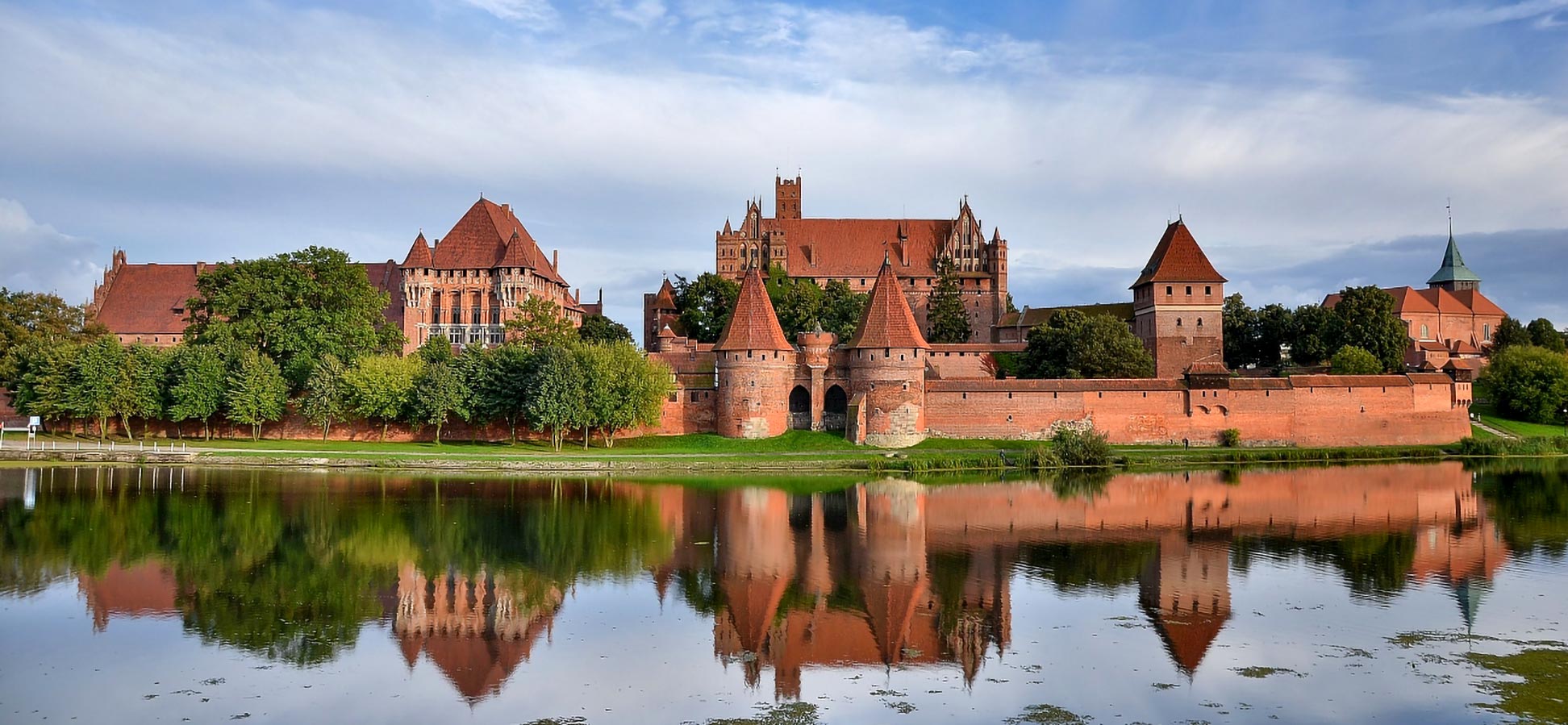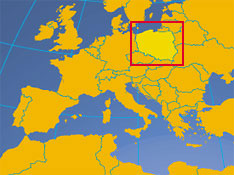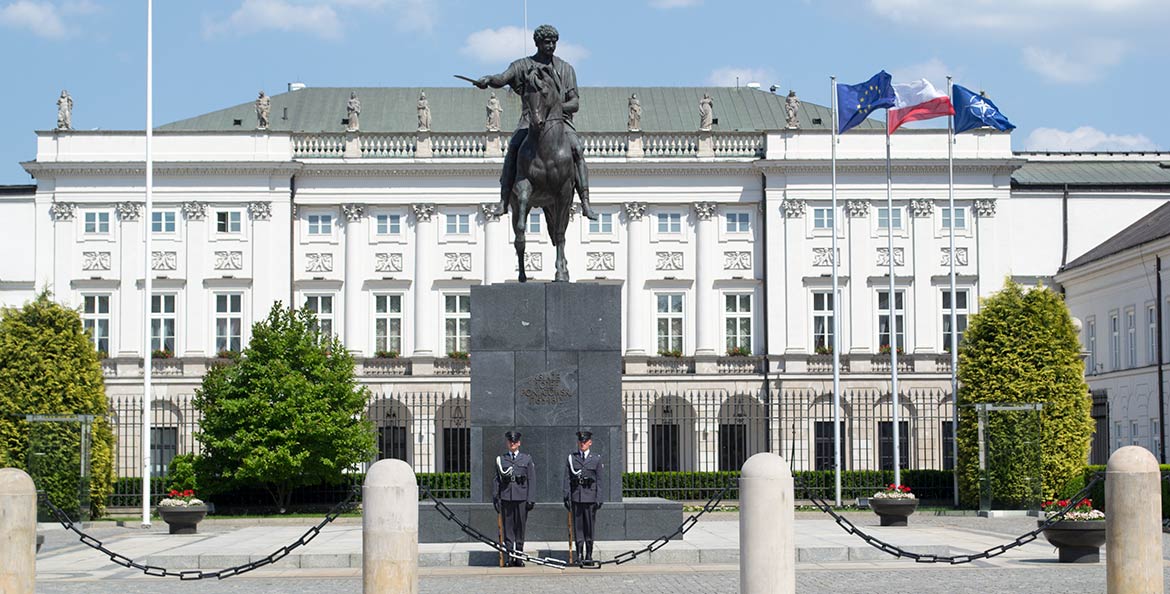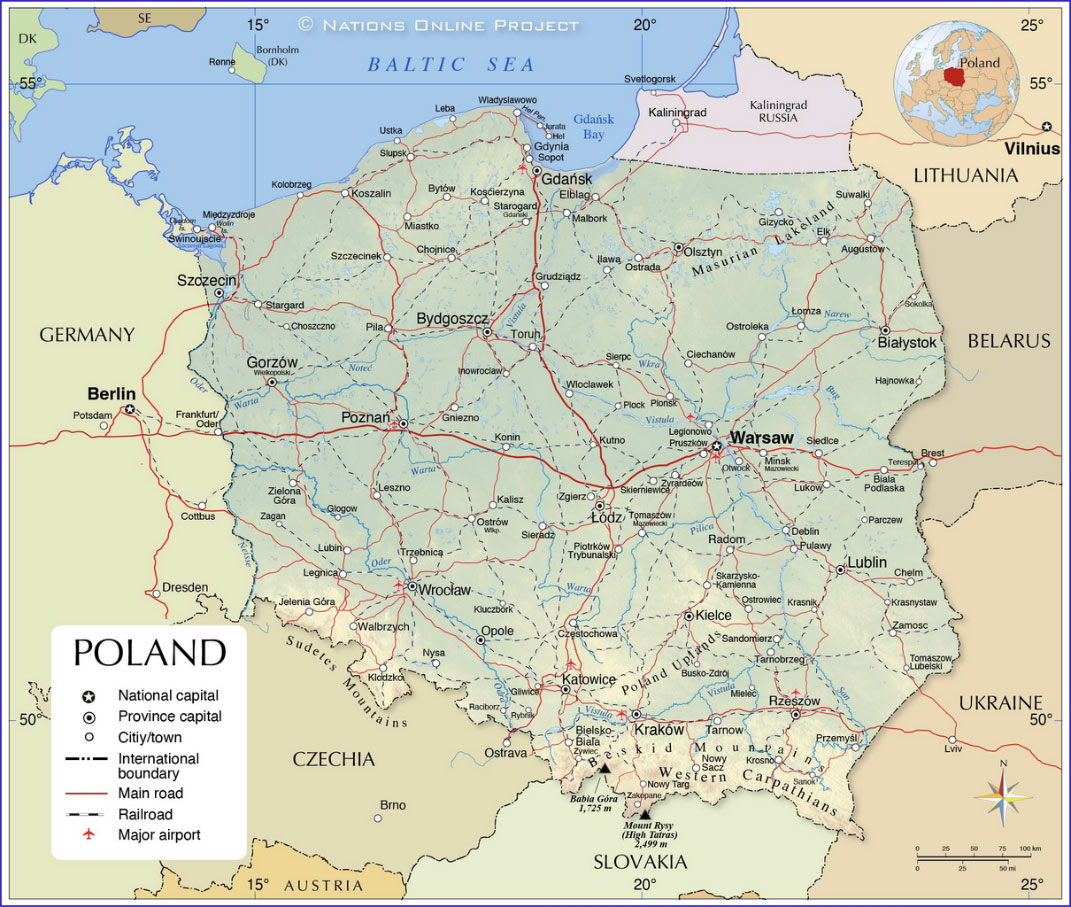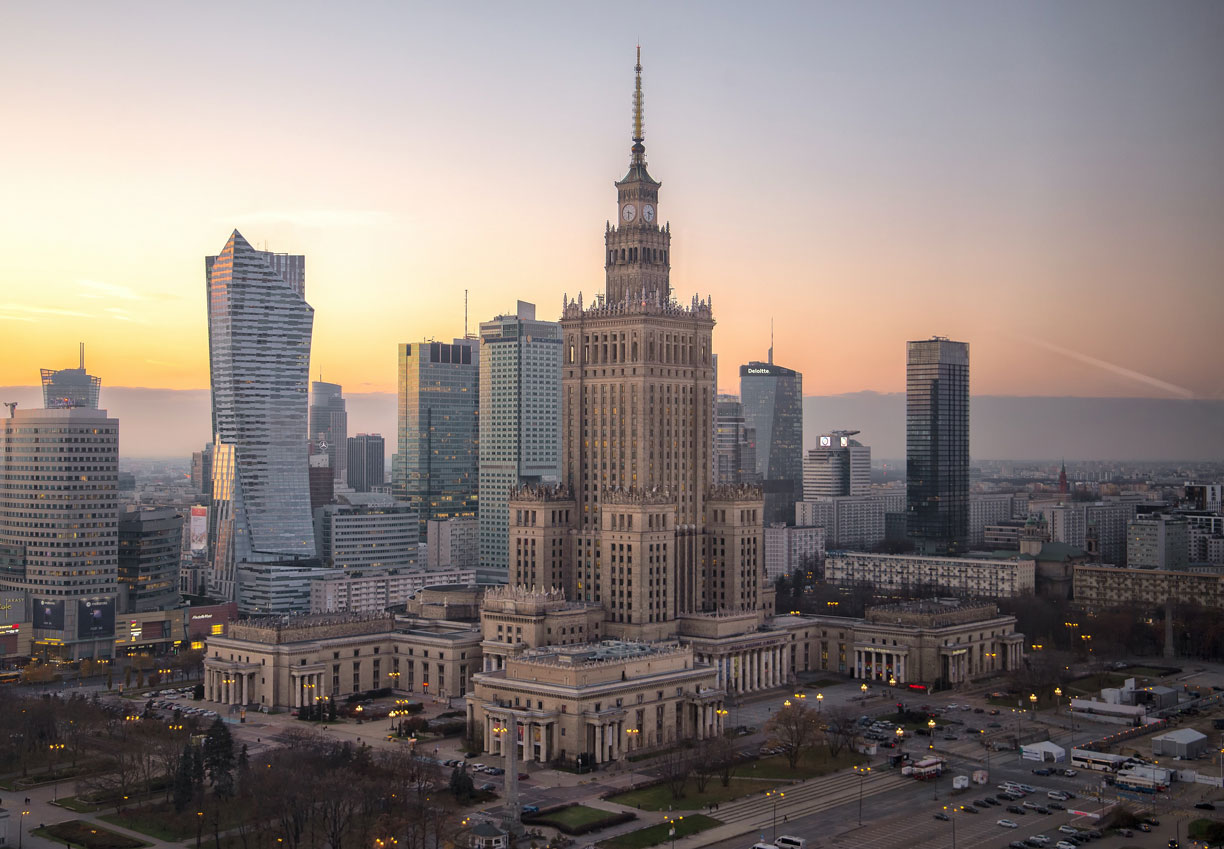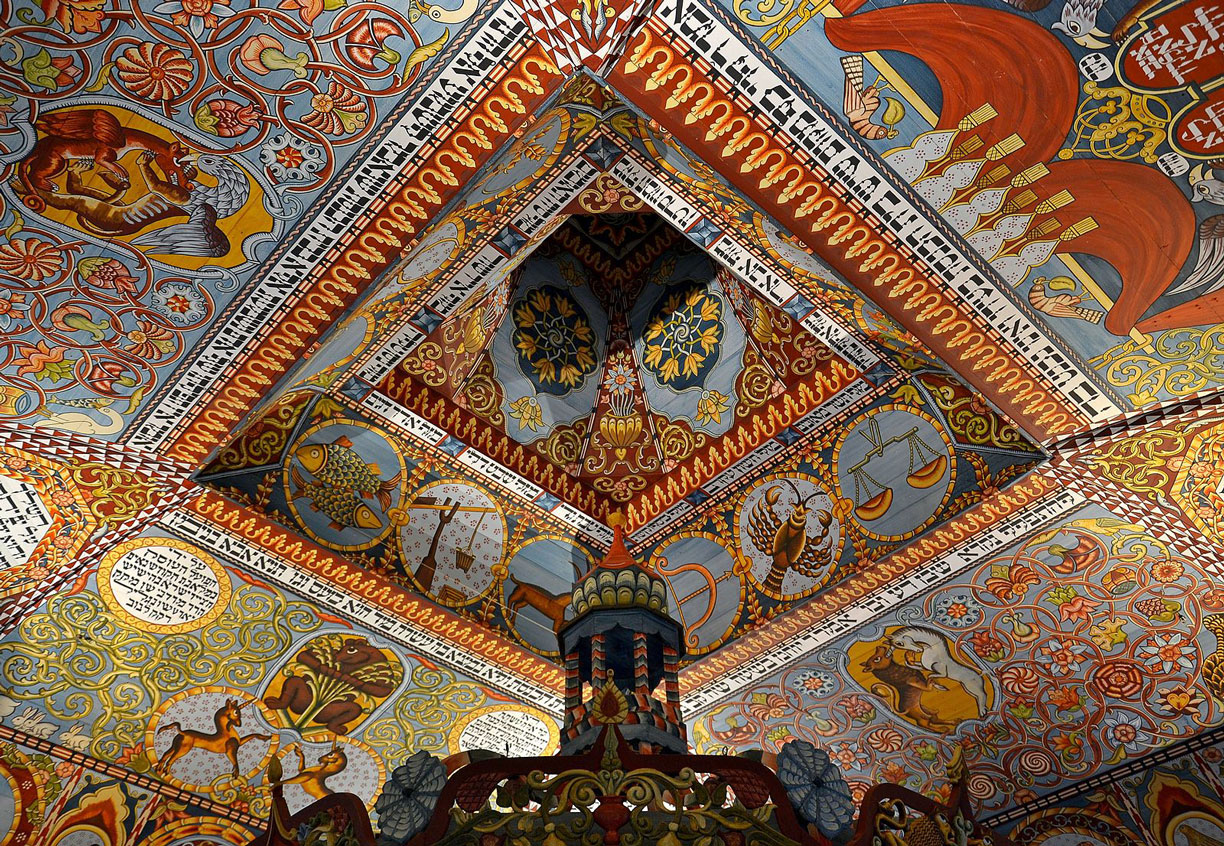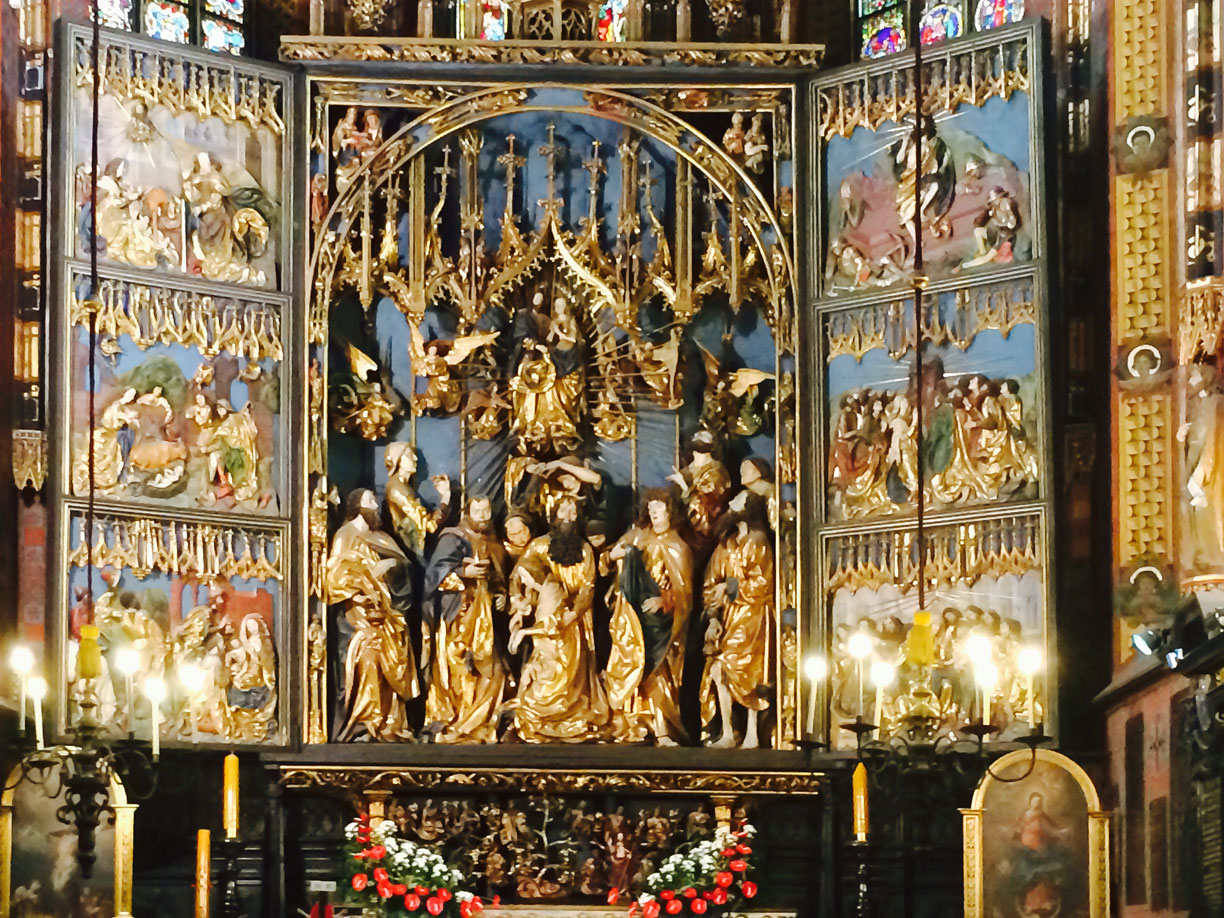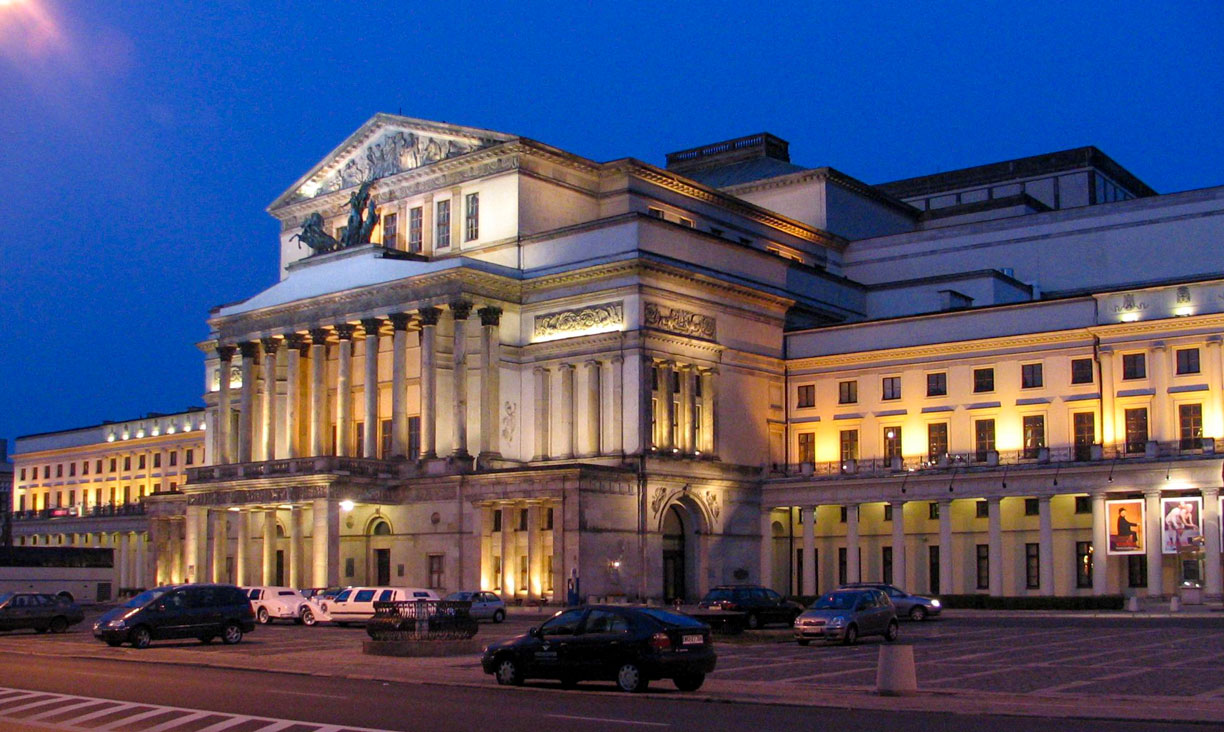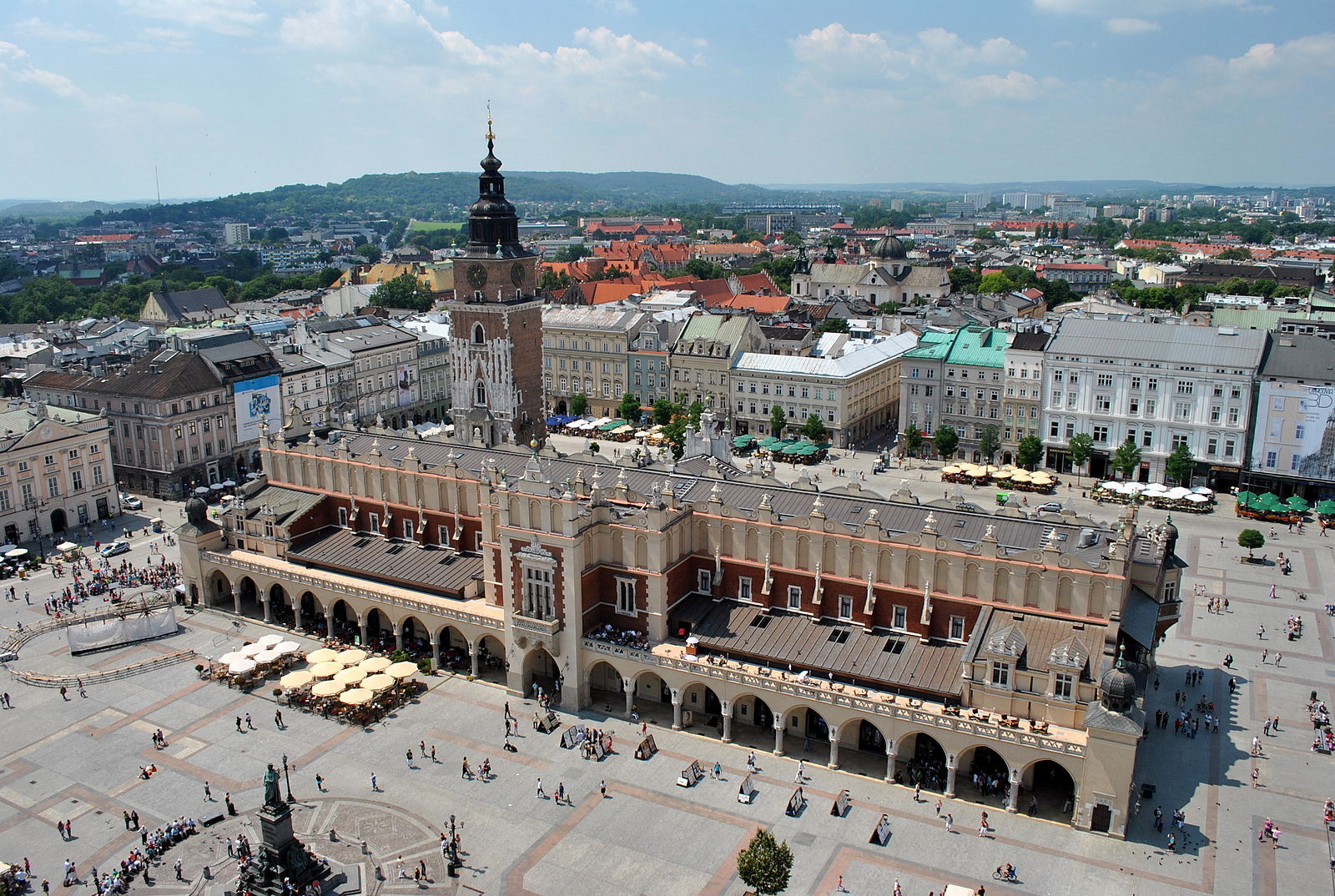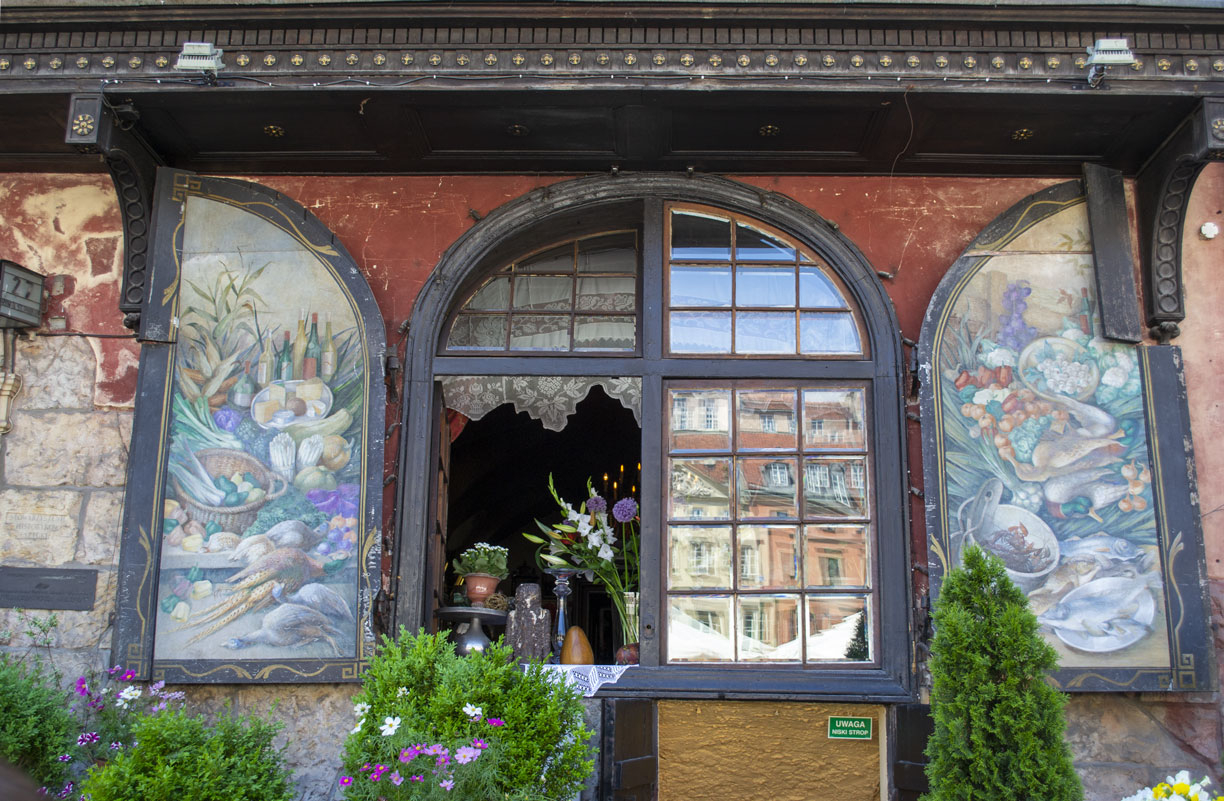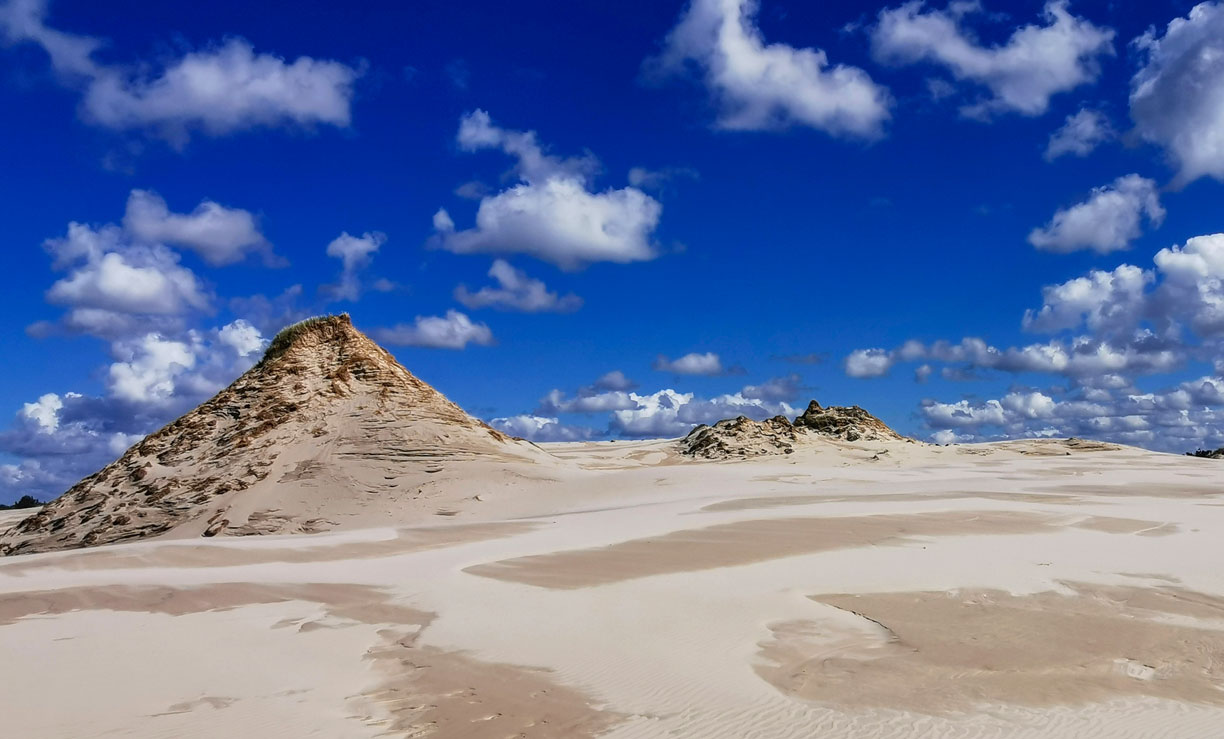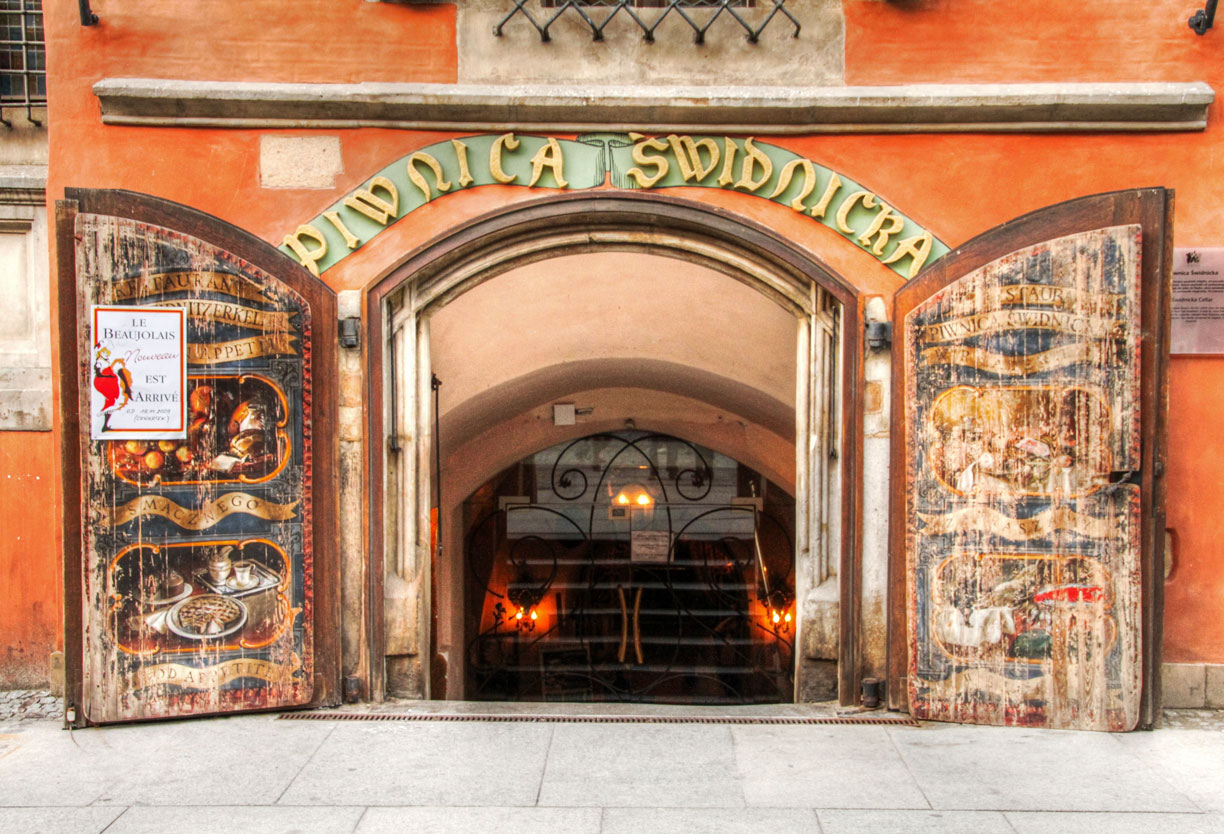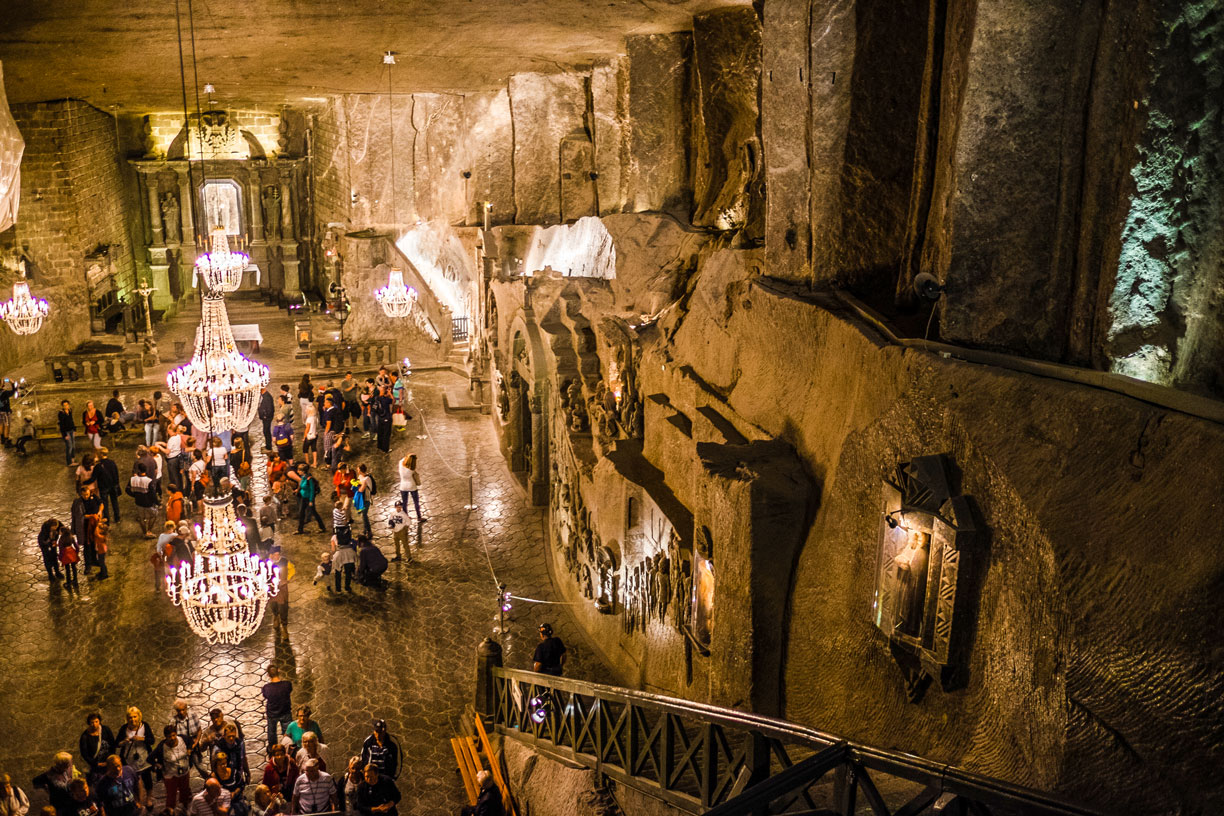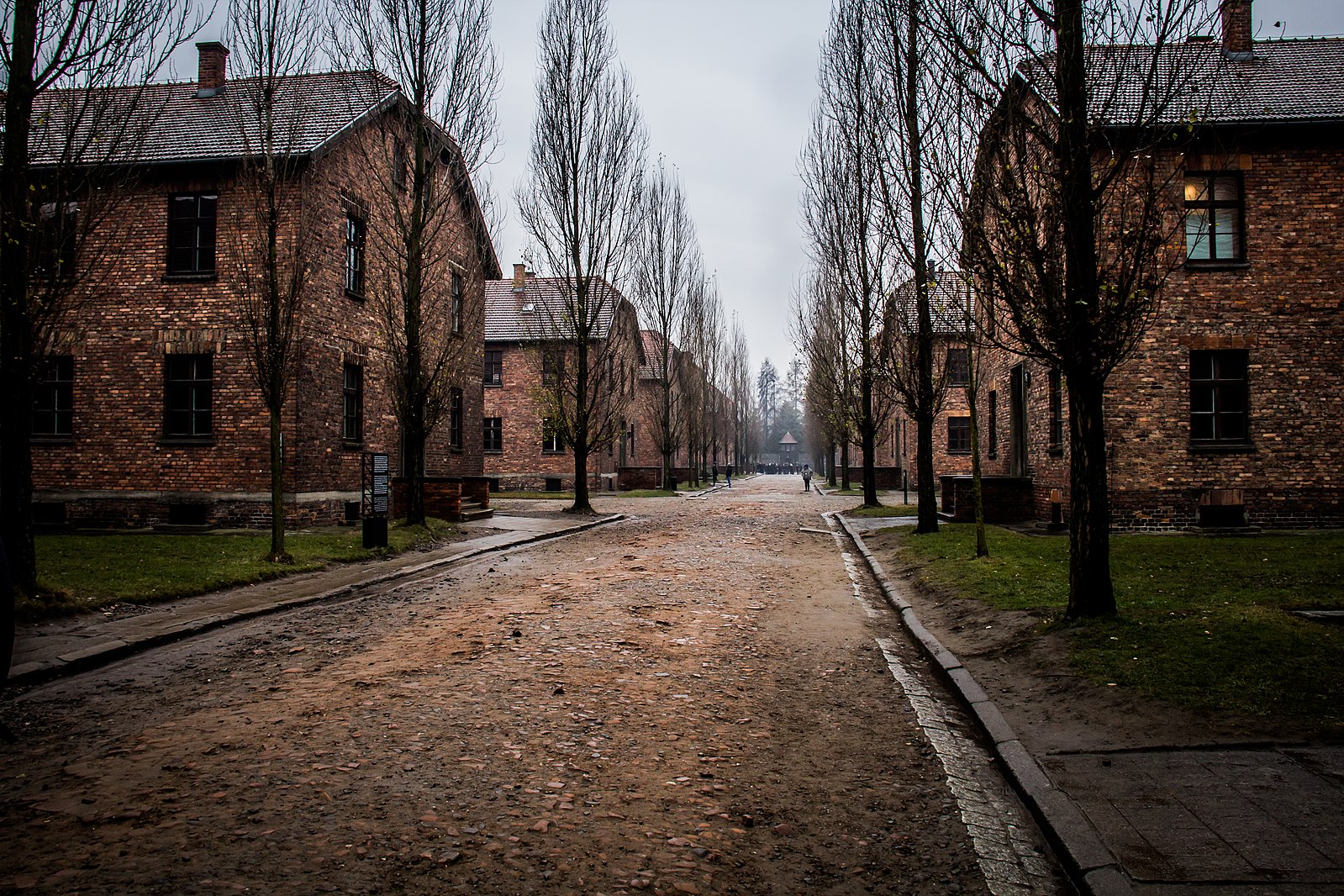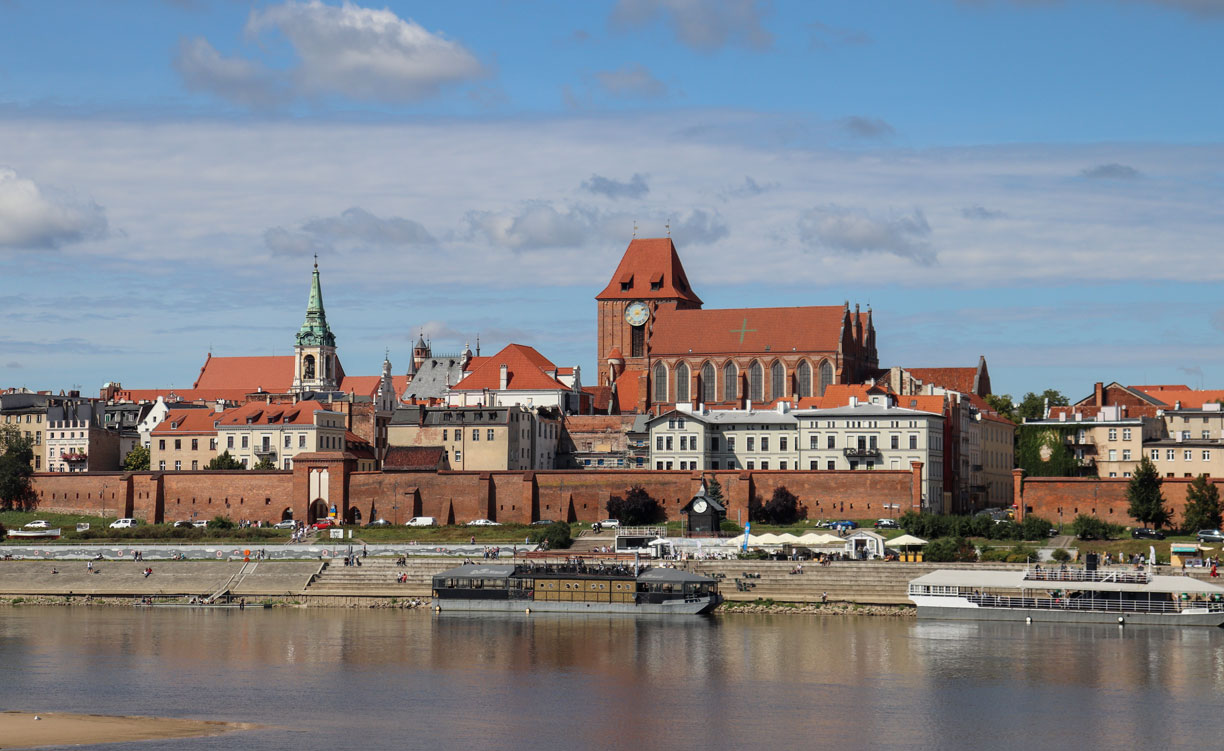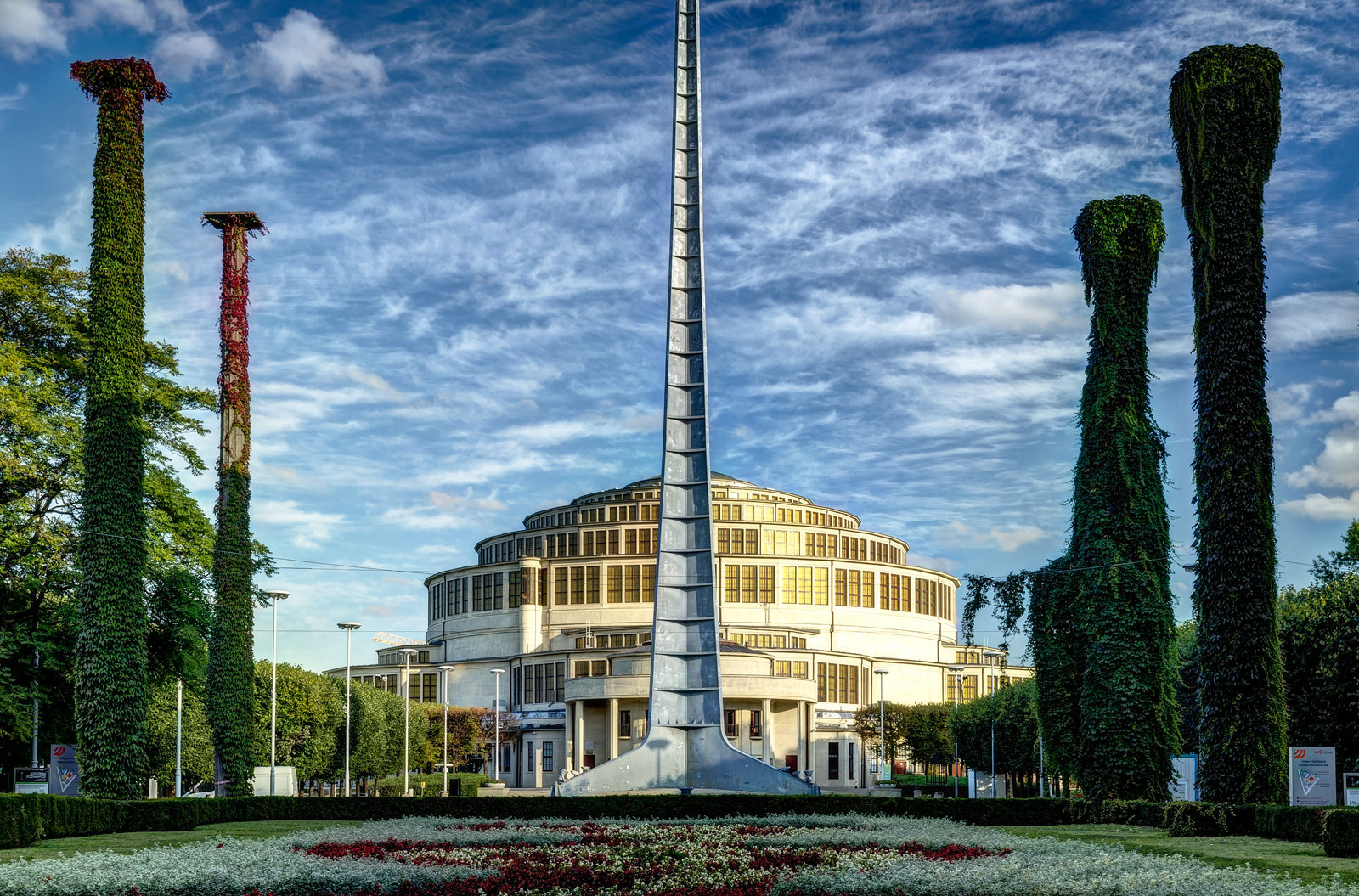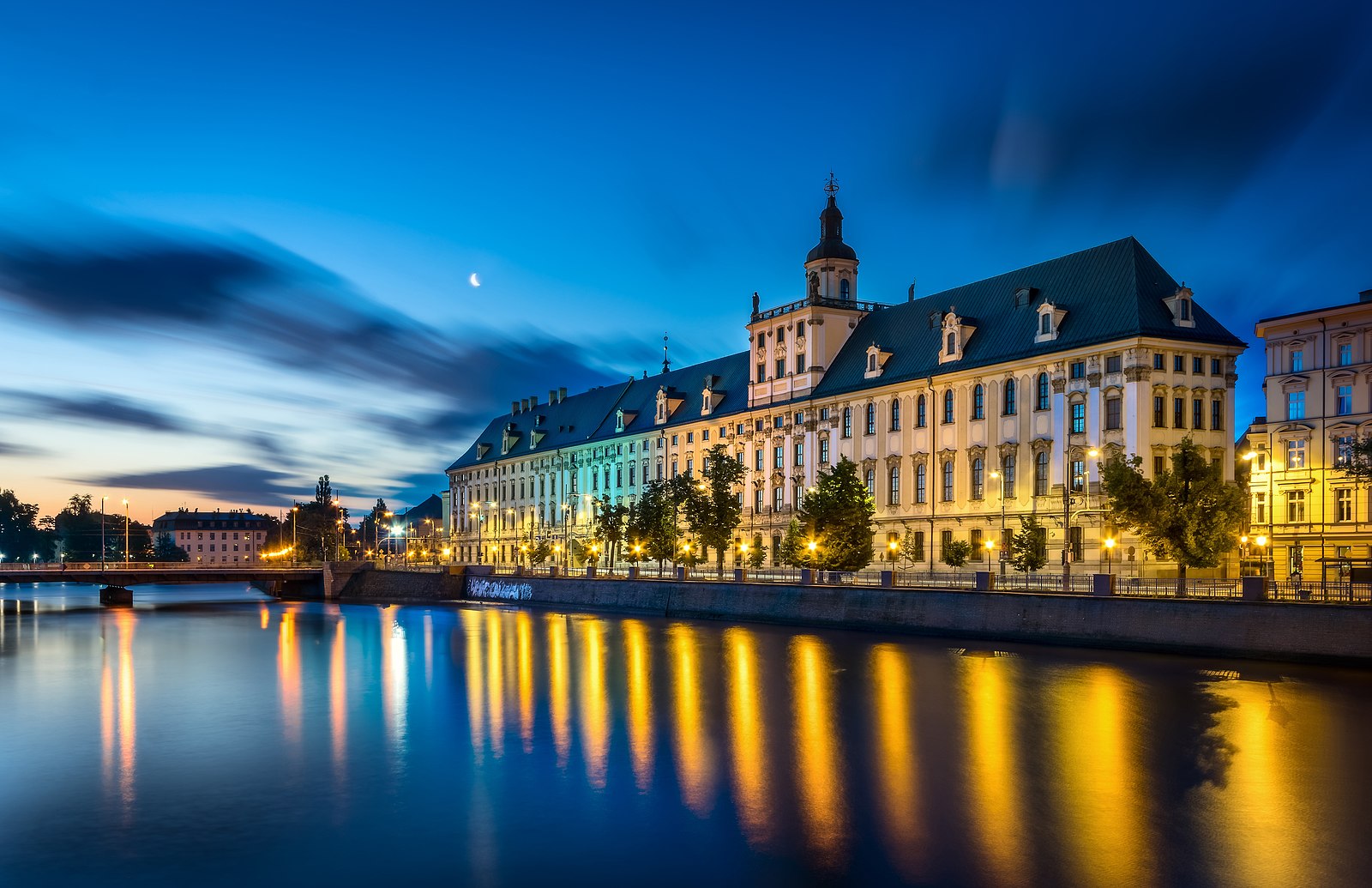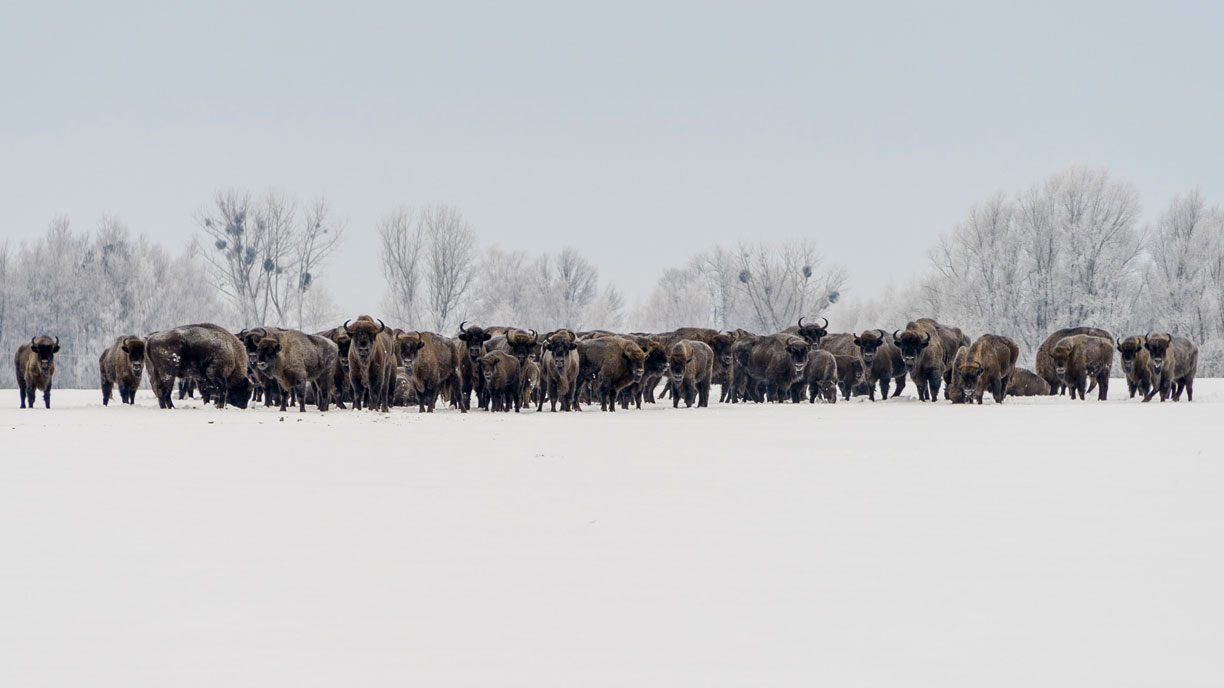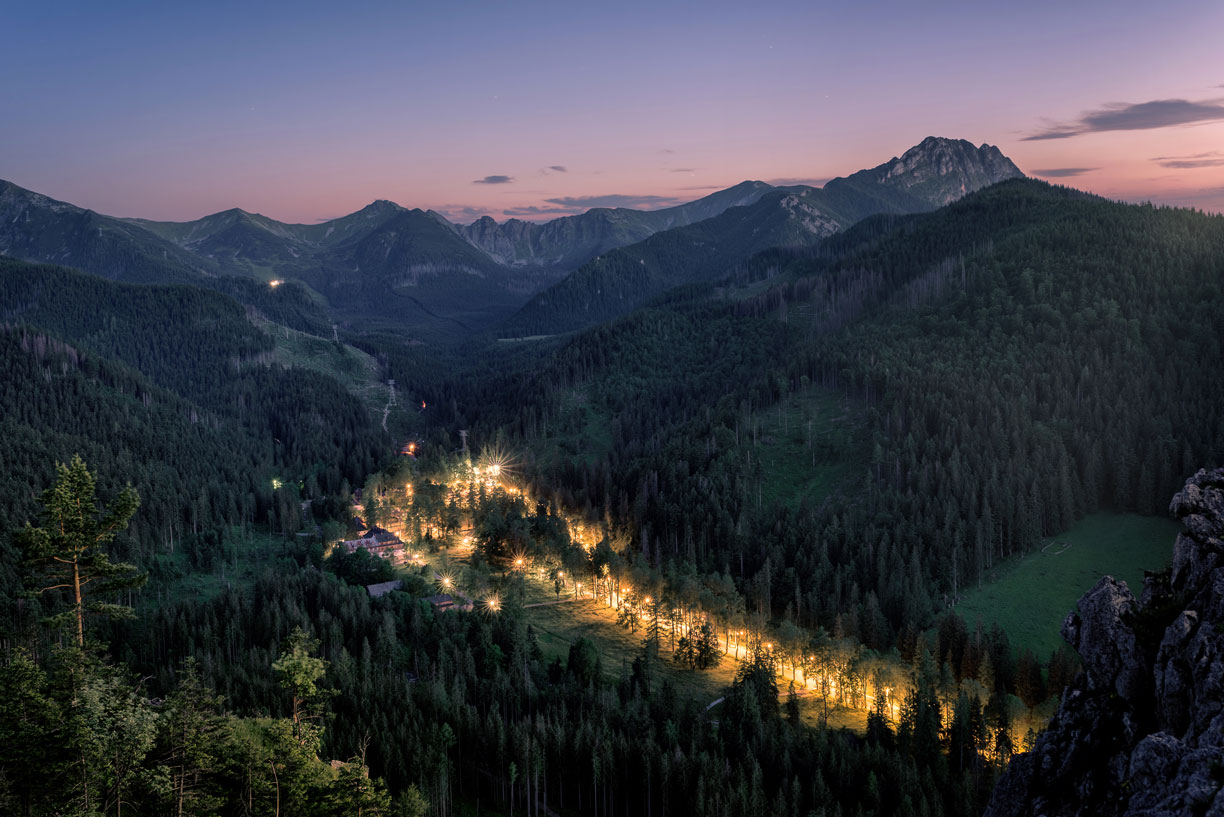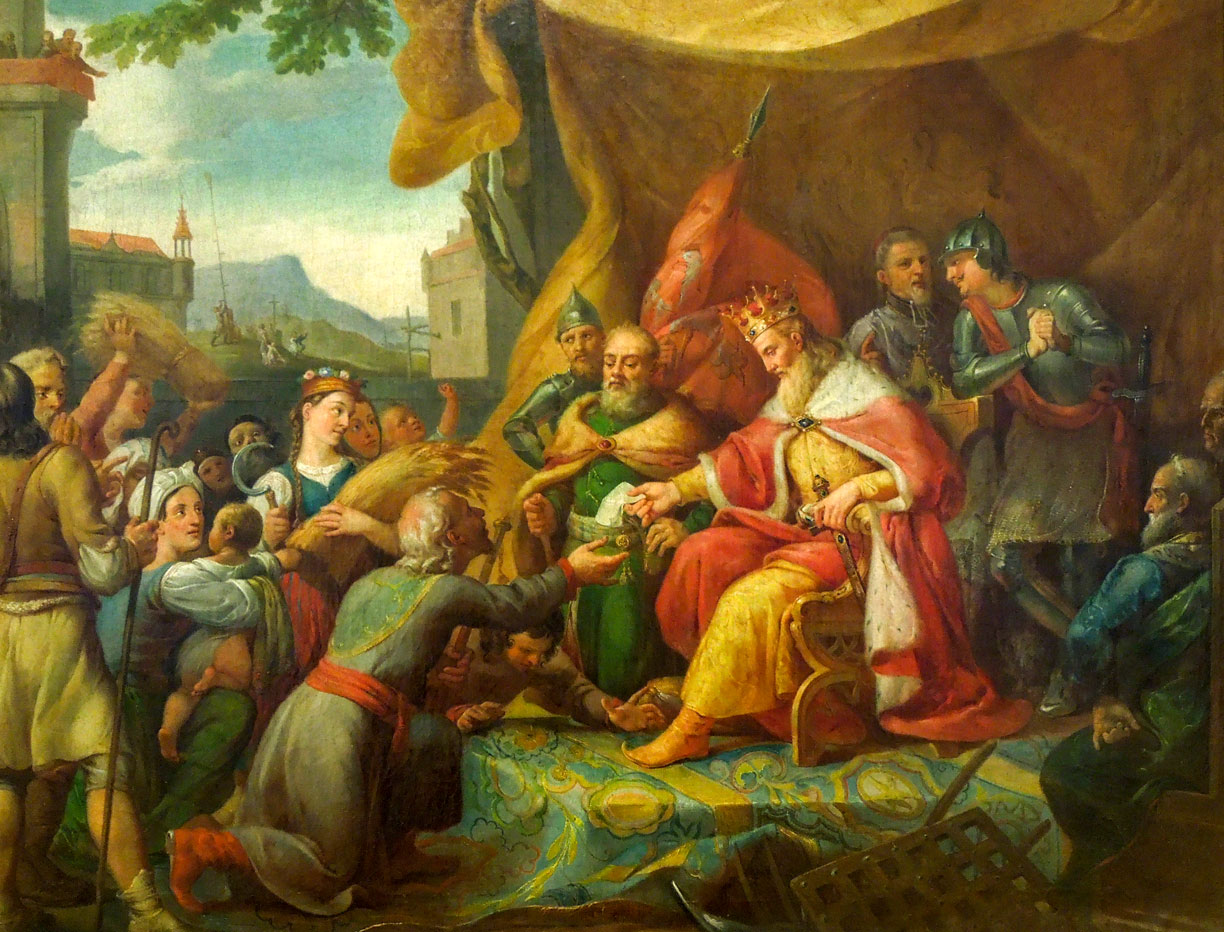Business & Economy of Poland
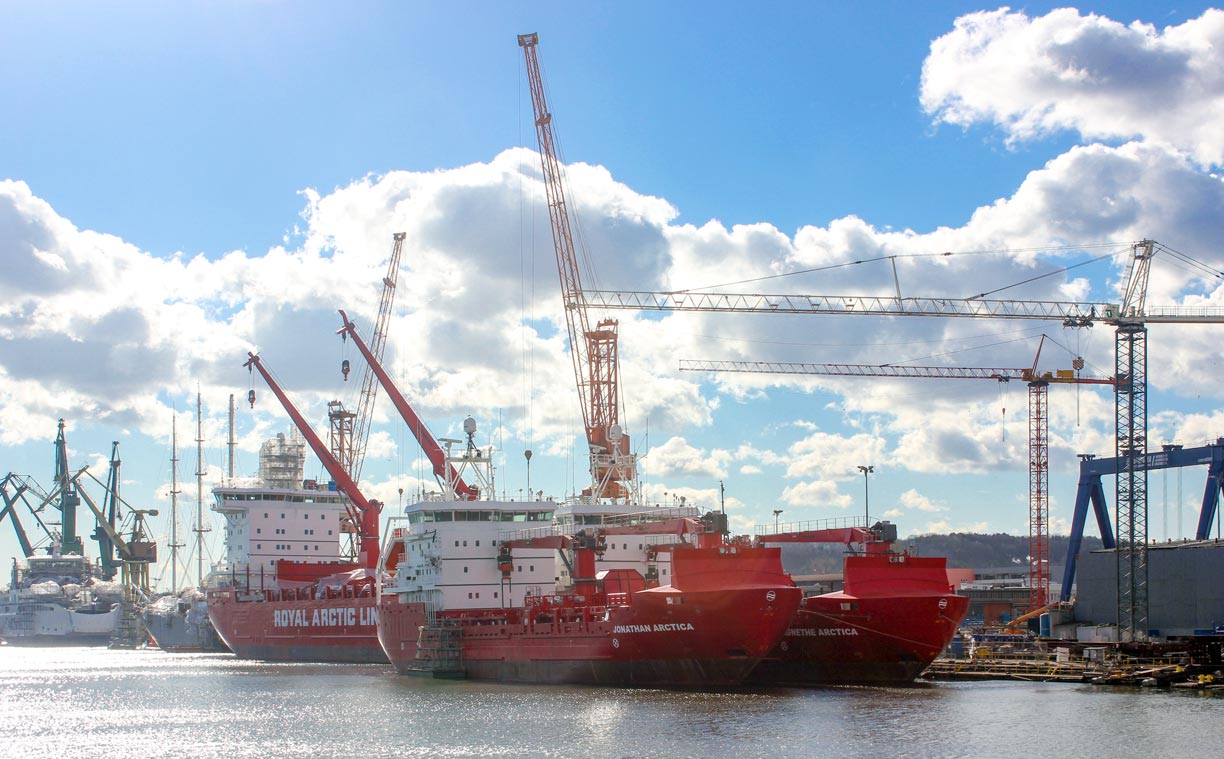 The Northern Shipyard of Gdańsk (Remontowa Shipbuilding). The shipyard specializes in the repair and conversion of ships. The history of shipbuilding in what is now Poland began in the 1850s when the first docks were built in Gdańsk and Szczecin (Danzig and Stettin; then Prussian territory). The purpose of the facilities was to provide the burgeoning Prussian economy with fast and modern steel ships. [TransNav]
Image: Andrzej Otrębski
Economy of Poland
The Northern Shipyard of Gdańsk (Remontowa Shipbuilding). The shipyard specializes in the repair and conversion of ships. The history of shipbuilding in what is now Poland began in the 1850s when the first docks were built in Gdańsk and Szczecin (Danzig and Stettin; then Prussian territory). The purpose of the facilities was to provide the burgeoning Prussian economy with fast and modern steel ships. [TransNav]
Image: Andrzej Otrębski
Economy of Poland
Poland's main industry is machine building, iron and steel production, coal mining (55% of the country's primary energy consumption), chemicals, shipbuilding, food processing, furniture, glass, beverages and textiles.
Poland's economy was the only one in the European Union to avoid a recession through the 2008-09 economic downturn. While the Polish economy has performed well, growth slowed in 2013 and 2014, in part due to the ongoing economic difficulties in the eurozone. But Poland's economic performance could improve if it addresses some of the remaining deficiencies in its road and rail infrastructure, business environment, rigid labor code, the commercial court system, government red tape, and burdensome tax system.
Narodowy Bank Polski
National Bank of Poland, NBP, is the central bank of Poland.
Warsaw Stock Exchange
Official website of the Warsaw Stock Exchange, Poland's stock market - GPW (Giełda Papierów Wartościowych w Warszawie)
Polish Investment and Trade Agency
Polish government agency promoting Poland as a destination for foreign investment.
Major companies in Poland
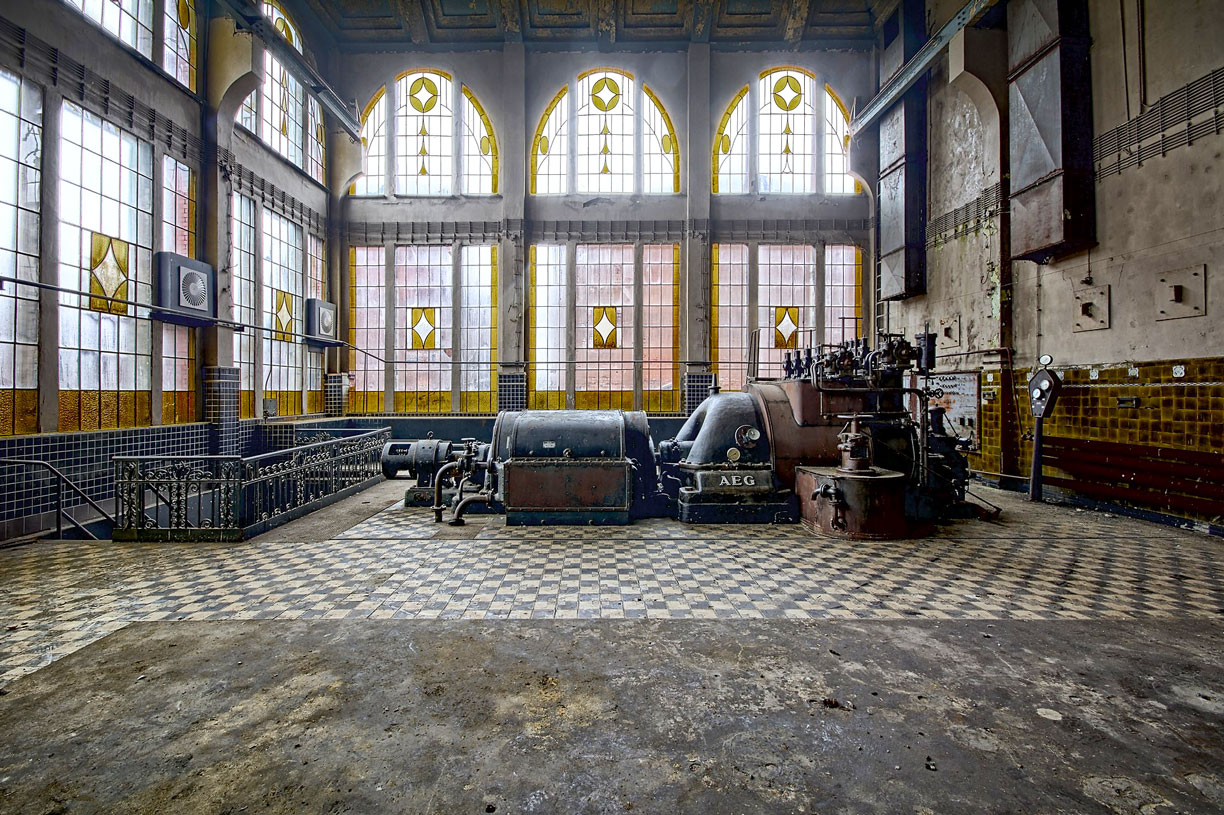 Power station in Scheibler's and Grohman's factory in Łódź.
Image: Marian Naworski
Power station in Scheibler's and Grohman's factory in Łódź.
Image: Marian Naworski
ArcelorMittal Polska is an offshoot of the multinational
steel group headquartered in Luxembourg City. ArcelorMittal operates the Katowice and Tadeusz Sendzimir Steelworks in Poland.
Biedronka
Biedronka is the largest chain of discount shops and
supermarkets in Poland. It is owned by the Portuguese group Jerónimo Martins.
Cyfrowy Polsat
Cyfrowy Polsat S.A. is a Polish DTH platform (Satellite Direct-to-Home). It was launched on 5 December 1999 and is the fifth-largest digital platform in Europe and the largest in Central and Eastern Europe.
Eurocash
A Polish group of companies with various interests including retail, hypermarkets, catering and Sieć Sklepów ABC and Lewiatan (Polish 7-Eleven).
[1]
Grupa Lotos
Grupa Lotos is a petroleum company based in Gdańsk that produces and refines crude oil and distributes petroleum products. Lotos operates over 400 service stations in Poland.
KGHM Polska Miedź
KGHM is Poland's state-owned mining company and a major copper and silver producer. The company operates mines in the USA, Canada, Chile and Poland.
PGE Polska Grupa Energetyczna
PGE is a state-owned company and the largest electricity producer in Poland.
PKN Orlen
PKN Orlen is a Polish state
oil refiner and petrol retailer and the largest company in Central and Eastern Europe.
Polsat
The most-watched
television channel in Poland.
Poczta Polska
Poczta Polska, the Polish postal service, is the largest mail-handling company in the country.
Remontowa
Remontowa Shiprepair Yard S.A. specializes in repairs, conversions and modernization of ships and offshore units.
Volkswagen Poznań
Volkswagen Poznań, part of the German Volkswagen AG, has been a plant producing commercial vehicles and components in Poznań for 15 years.
Żabka
Żabka Polska is a chain with more than 7,000 convenience stores throughout Poland.
Other major international companies operating in Poland include Auchan (France), BP (UK), Kaufland (Germany), LG Electronics (South Korea), Lidl (Germany), Orange (France), Philip Morris (US-Switzerland), Ryanair (Ireland) and Tesco (UK).
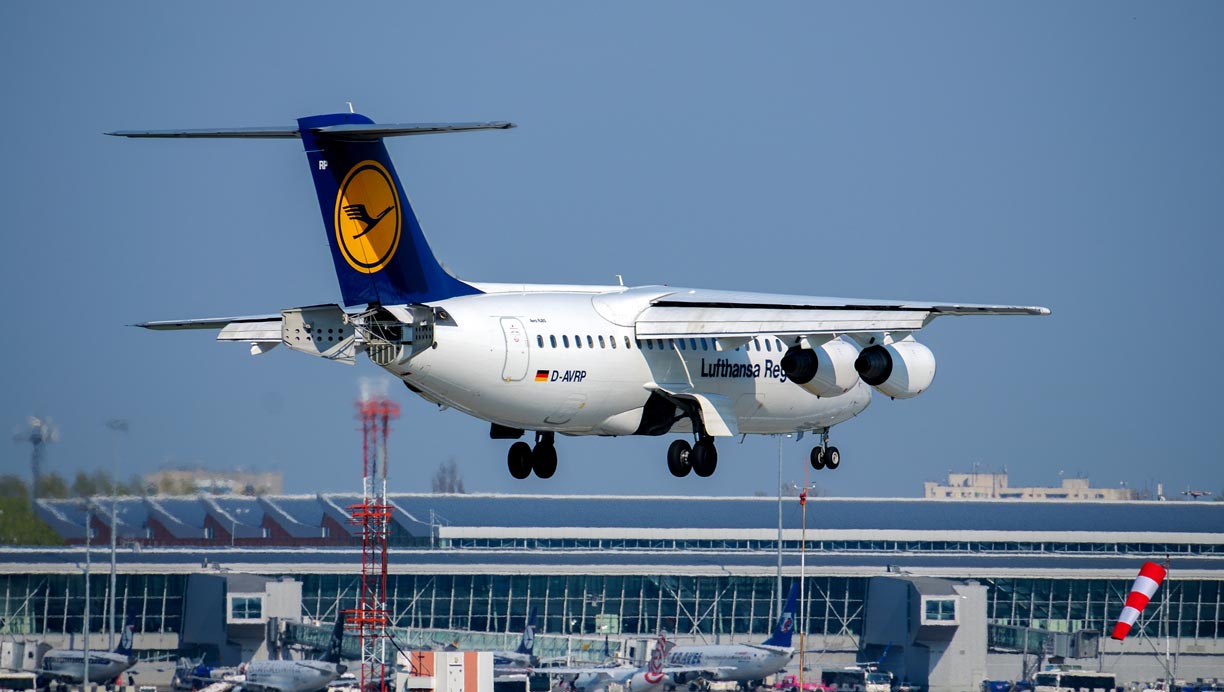 A Lufthansa BAE Systems Avro 146 jetliner, with activated airbrakes at the tail, while approaching Warsaw Airport.
Image: Kuba Bożanowski
A Lufthansa BAE Systems Avro 146 jetliner, with activated airbrakes at the tail, while approaching Warsaw Airport.
Image: Kuba Bożanowski
LOT Polish Airlines is the flag carrier of Poland and one of the world's oldest airlines in operation.
Buzz
Buzz, a Polish airline, headquartered in Warsaw, operates scheduled flights on behalf of Ryanair (Ireland).
Enter Air
Enter Air is a Polish low-cost charter airline and currently the biggest such company in Poland.
Airports
Warsaw Frederic Chopin Airport
Poland's busiest airport (
IATA: WAW).
Kraków John Paul II International Airport
Poland's second-largest airport. (
IATA: KRK)
Ferries
Polferries
Polferries is the largest Polish ferry operator.
Rail
Polskie Koleje Państwowe SA
PKP Polish Railroad (Polish)
PKP Intercity
PKP Polish Intercity (Polish)
Polrail
Jeffrey Dobek's rail travel guide takes you through the basics of taking a train trip in Poland.
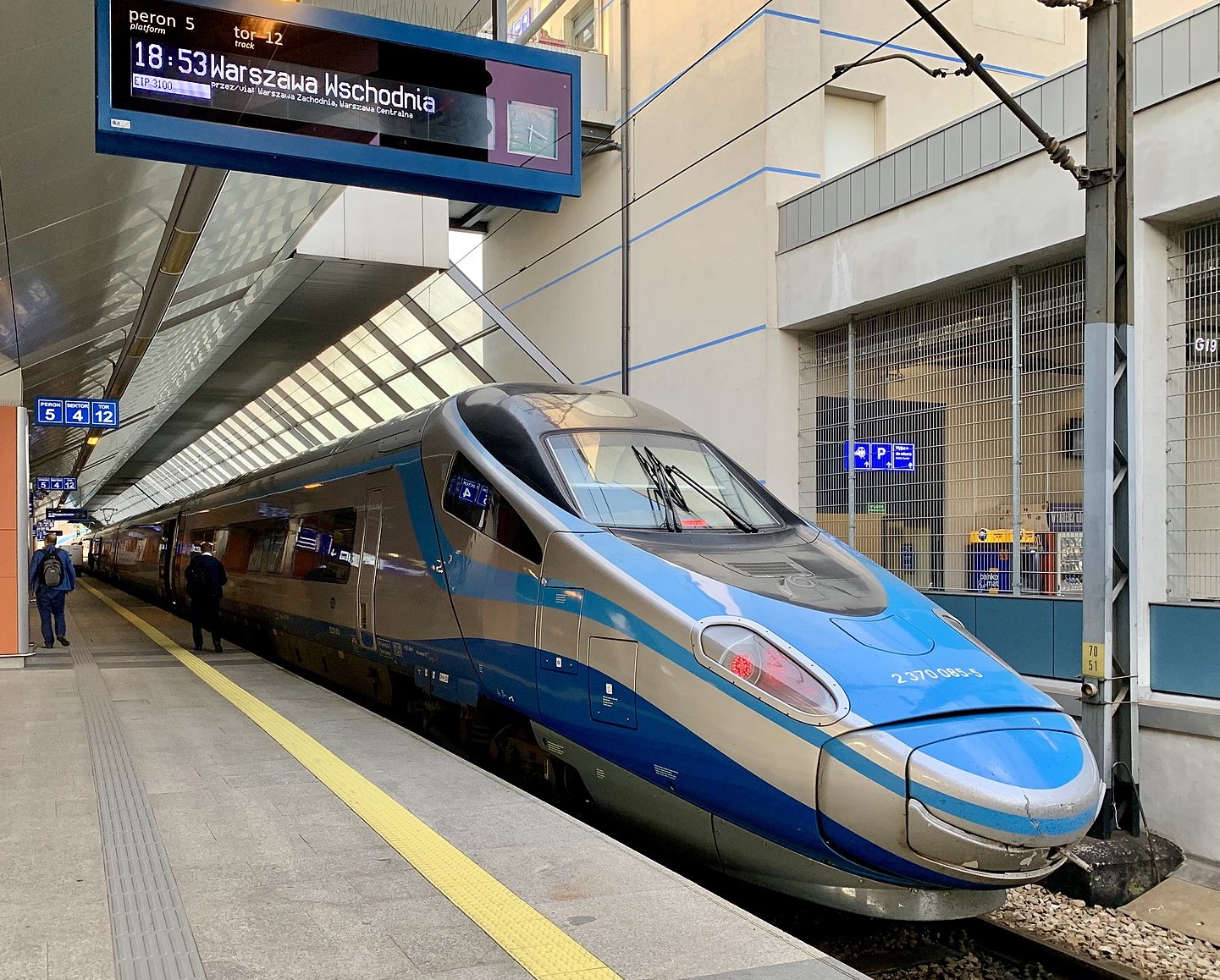 Intercity (Pendolino train) at Kraków Główny train station, Poland.
Image: Kgbo
Intercity (Pendolino train) at Kraków Główny train station, Poland.
Image: Kgbo

